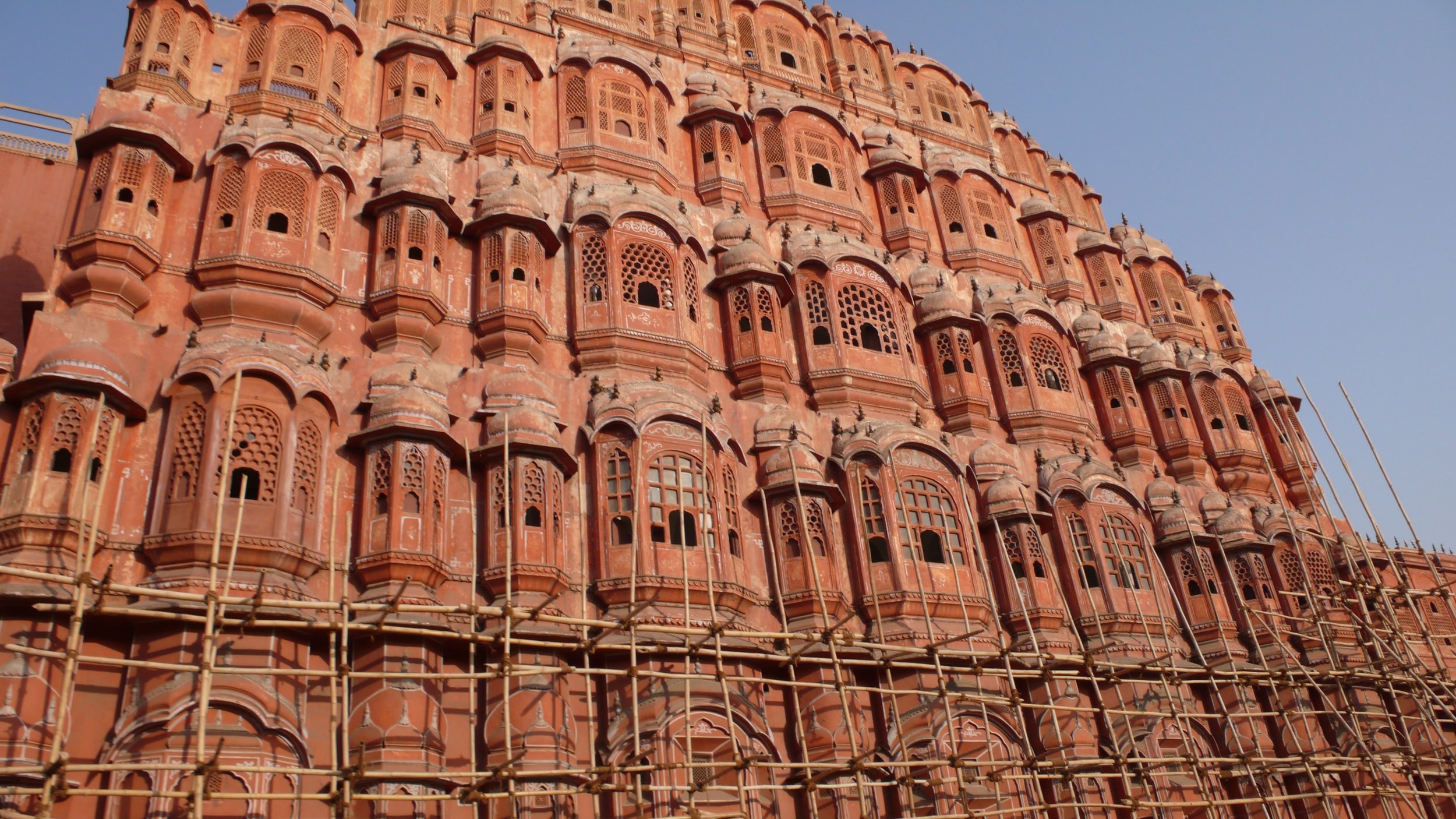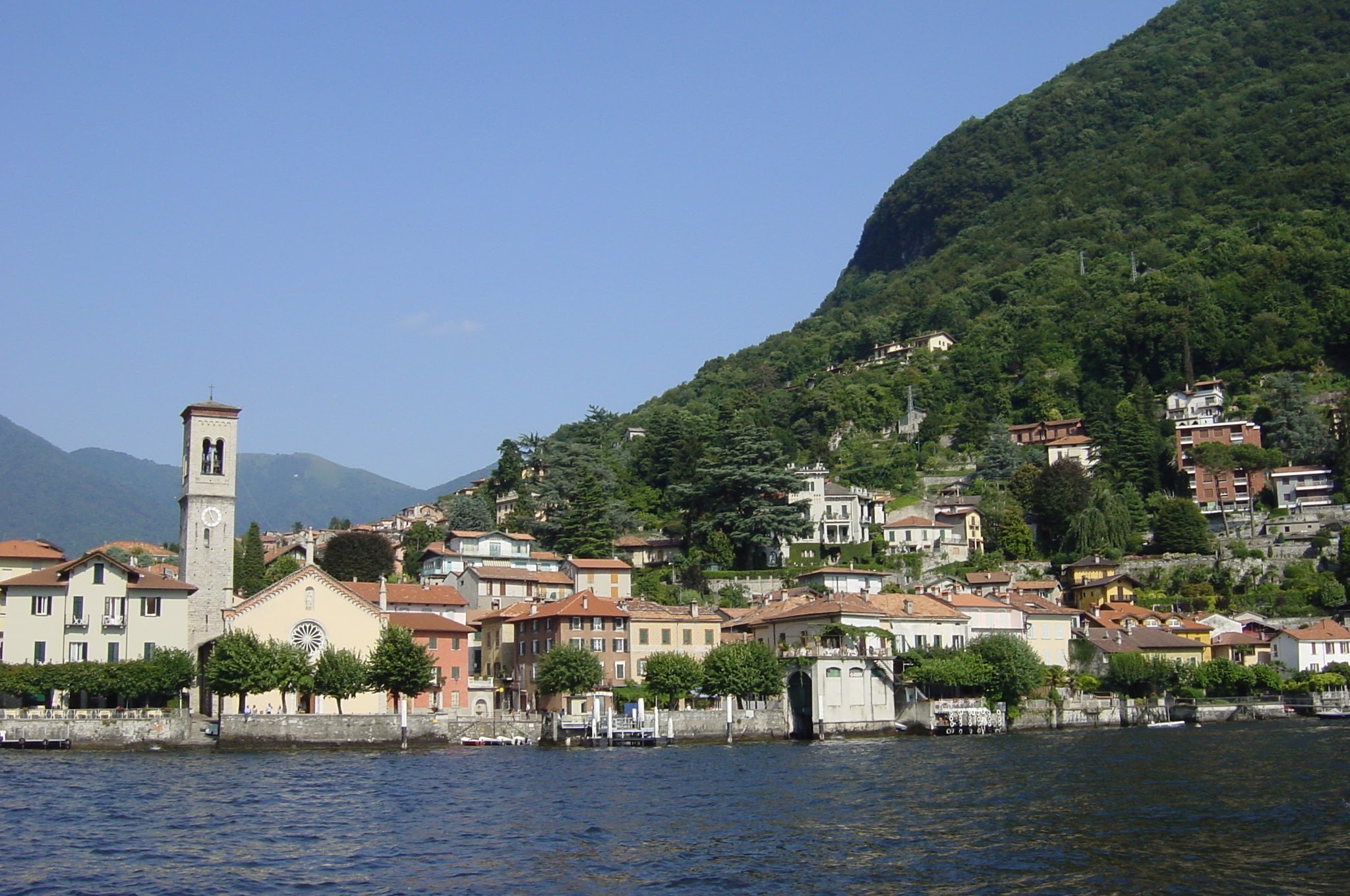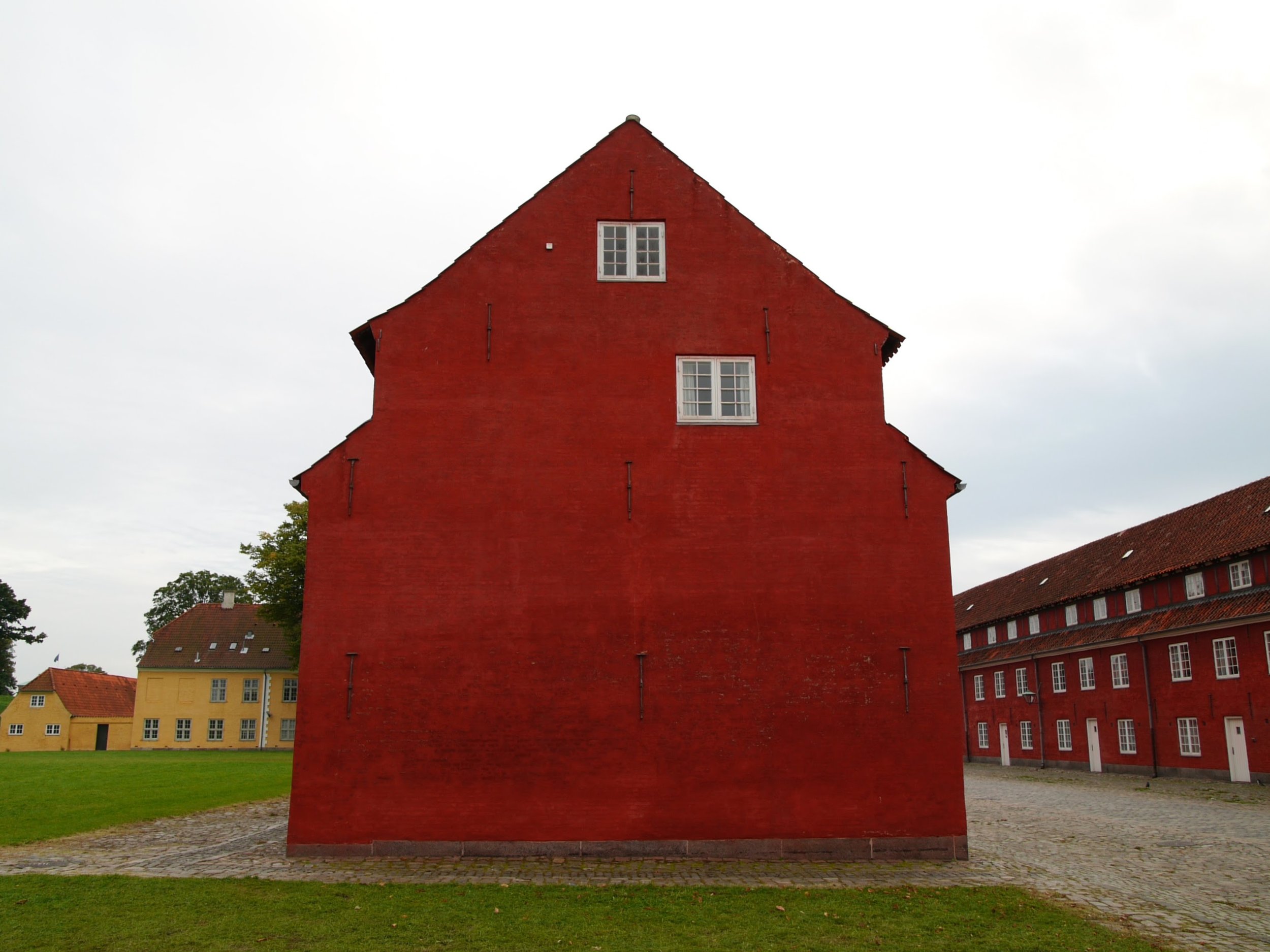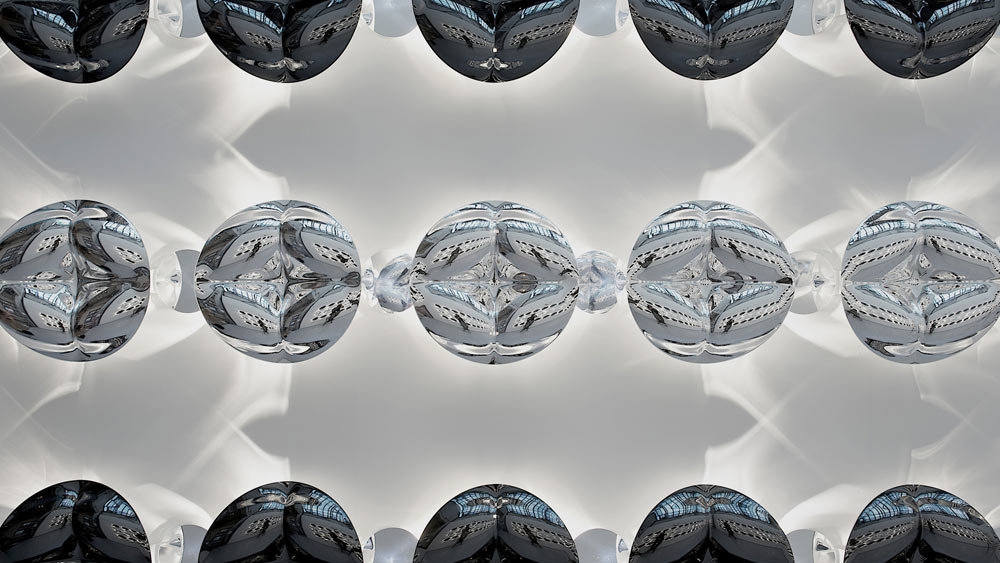Ep. 50: Todd Bracher
Strategic designer Todd Bracher regales us with tales of a serendipitous ten-year journey, living, loving and learning through Europe, on the way to launching his namesake studio in Brooklyn. Plus, he walks us through what the hell “strategic design” even means, schools us on the concept of “irreducible complexity” and explains his creative approach which he refers to as “essentialism.” Early on, he showed up to a big pitch meeting way overdressed, and now he keeps a poet on standby.
Follow Todd at toddbracher.com and on Twitter and Instagram.
Photo by Ogata
What is your earliest memory?
I think about this a lot, mostly because my eldest son is nearing this age, causing me to revisit some of these thoughts. For better or worse, my earliest memory was being nearly 4 years old and making an underhanded basket at my friend’s garage basketball net. The feeling of accomplishment was huge and I will never forget that I then understood I could do things that I saw other people do.
How do you feel about democratic design?
Not sure exactly what is meant by democratic design in this case... if meaning for all, I would say I welcome it, and in fact, design tends to ignore the vast majority of the population, which I find lazy on the parts of the business owners and the designers themselves. If you mean the state of the design industry today,—I feel it is over-democratic. Meaning the barrier of entry to design is too low... now design can be done with little to no quantitative thinking or research, little understanding of costs, manufacturing, business objectives and end user needs. This for me is a danger for the design industry. We currently see an over-saturation of design that is iterative of each other. Design is happening today for ‘design’s sake’... and this for me is a trend that I feel will crest and cause a recession of this wasteful practice. I predict by 2025 design will start to re-emerge as data-lead, science-lead. I believe designers will not be the ‘cool kids’ but instead the ‘smart multidisciplinary kids’. Designers will know how to code, read data, embed science and deliver solutions that perform better than its predecessors. Design will enter its ‘golden era’ in the decades ahead.
Lightfalls for 3M
Freud for Zanotta
What’s the best advice that you’ve ever gotten?
A designer friend and mentor of mine said when I was looking at various brands trying to understand a way to bring value to their business... he said, "what you see at these companies are like stars in the sky. It takes time for the light to get to your eye. So much time that where the company actually is has moved significantly from what as an outsider you see. A great designer can anticipate this trajectory and provide value to the potential client that intercepts their trajectory rather than is reactionary to what is considered to be behind them."
How do you record your ideas?
Usually in words. Occasionally in intentionally obscure sketches so not to destroy the purity of the unrealistic thought. Concepts tend to die when they are drawn too soon, I try to capture them in a way that is formless, concept only is what I want to capture.
ASA for HBF
Vessel for Humanscale
What’s your current favorite tool or material to work with?
Tools: Lead holder, soft leads. My Leica. Large paper. Felt tip pen. Festool tape measure, Mitutoyo Caliper, Audeze headphones, Spotify.
Why is authenticity in design important?
There are many reasons why this is important. For the sake of ease, I choose to illustrate one: If we look at the sheer numbers of our population, and then understand how many of these folks are contributing to our world through business, culture and so on. If there was a complete lack of authenticity, then mathematically we would have one interpretation of any concept, which given our population, would make for an extremely one-dimensional expression of our world. I think you understand where I am going with this...
Photo by Daniel Johnson
Photo from Todd's travels in India
Favorite restaurant in your city?
Right now.. Tanoshi Sushi on the upper east side (yes, I said on the upper east side!)
What might we find on your desk right now?
I was just handed cocoa-dusted almonds, a hot water thermos, multiple measuring devices, fragrance prototypes, tax forms, and stacks of ideas, notes and cryptic sketches.
You for OTHR
Flora for Georg Jensen
Who do you look up to and why?
Scientists. I connect to them as they are seeking truth. They look for discoveries that are not pre conceived. Meaning they don’t force their discoveries to match their hopes. I find design tends to work the other way round. Science for me it where I draw inspiration.. Dealing with evidence and truth.
Photo from Todd's travels and time in Italy
Photo from Todd's travels in Denmark
What’s your favorite project that you’ve done and why?
I would say my role with 3M as Strategic Advisor. I was part of leading their effort to create a new business around Architectural lighting. I was embedded with their scientists and technologies tasked with leveraging these assets in new product developments that are relevant to the A&D community. The project was a success and birthed several award-winning products and became a rapid market leading in advanced lighting.
What are the last five songs you listened to?
As usual.. Songs I have never heard before. That is how I like my music. So I have no idea.
Lightfalls for 3M
Special thanks to Tai Navares and Alex Perez for editing this episode.
Music in this episode courtesy of El Ten Eleven—hear more on Bandcamp.
Shoutout to Jenny Rask for designing the Clever logo.

















